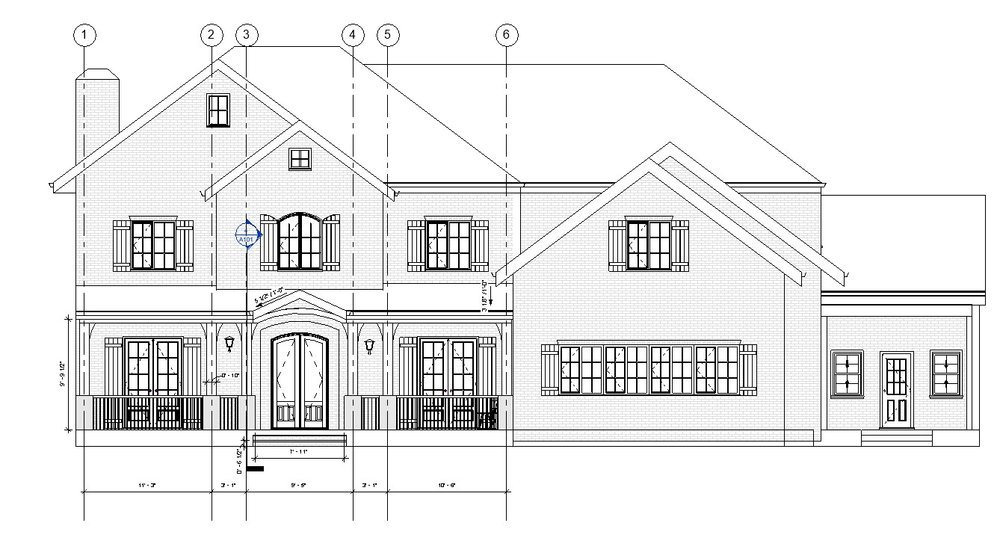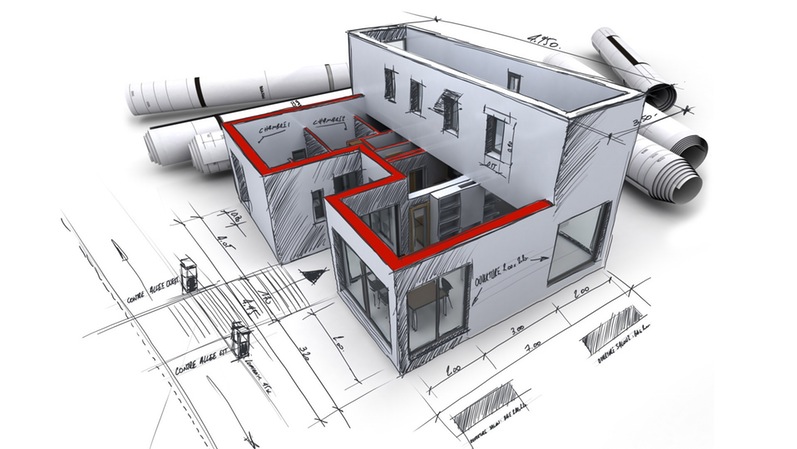Why CDA Architects Are Leaders in Architectural Style and Technology
Why CDA Architects Are Leaders in Architectural Style and Technology
Blog Article
The Influence of Technological Advancements on the Style Practices of Contemporary Architects
The fast advancement of technological tools has substantially improved the design landscape for contemporary engineers, fostering unprecedented levels of advancement and sustainability. Discovering these characteristics reveals a nuanced interplay between technology and conventional style techniques, triggering a closer examination of what the future holds for building techniques.
Evolution of Architectural Equipment
Just how have building devices transformed the design and building processes over the centuries? The development of architectural tools has considerably impacted the efficiency, accuracy, and creative thinking of design and building. In ancient times, architects count on primary instruments such as plumb bobs, gauging poles, and fundamental geometry to produce structures. These tools laid the foundation for early building method, enabling for the building of iconic frameworks, albeit with constraints in accuracy and complexity.
With the arrival of the Renaissance, the intro of the compass and the protractor marked a pivotal change. These tools made it possible for architects to accomplish higher accuracy in their styles, helping with the emergence of even more intricate and proportional buildings. The Industrial Change even more changed building exercise with the intro of mechanized devices and products, enabling for bigger and much more enthusiastic projects.
In the 20th century, the growth of computer-aided design (CAD) software application transformed the landscape once more, providing engineers with unprecedented abilities in modeling and visualization. Today, progressed tools such as Building Details Modeling (BIM) and parametric design software application remain to push the borders of architectural advancement, making it possible for a more integrated strategy to design and building procedures.
Improved Partnership in Layout
As technology continues to develop, improved partnership in style has ended up being a keystone of modern-day building technique. The integration of electronic devices such as Structure Details Modeling (BIM), cloud-based systems, and progressed visualization software program has actually changed the method designers, engineers, and stakeholders interact throughout the design process. These devices promote real-time interaction, permitting groups to share ideas, adjustments, and feedback quickly, despite geographical area.

Furthermore, interdisciplinary collaboration has been structured through these technological innovations, allowing architects to function more carefully with various other professionals, such as urban organizers and environmental specialists. The result is a more cohesive method to develop that considers different viewpoints and know-how. Inevitably, improved partnership in design is not merely a fad; it is necessary for developing innovative, practical, and visually pleasing style in a significantly complex world.

Sustainability Through Modern Technology
Sustainability in style has actually progressively become linked with technical development, driving the industry towards ecologically responsible practices. Contemporary advice engineers are leveraging sophisticated technologies to decrease ecological impact while boosting the efficiency of buildings. cda architects. One noticeable instance is making use of Building Details Modeling (BIM), which permits for accurate preparation and resource allocation, lowering waste during construction and advertising energy performance throughout a building's lifecycle
Moreover, wise products and energy-efficient systems are being incorporated right into styles to optimize source usage. Technologies such as photovoltaic or pv cells and eco-friendly roof harness renewable resource resources, adding to minimized carbon footprints. Furthermore, the application of artificial intelligence in layout processes makes it possible for architects to replicate and analyze energy intake, directing choices towards more lasting results.
The integration of sustainable innovations not just aligns with international environmental goals yet additionally satisfies an enhancing demand from consumers for green solutions. As designers welcome these innovations, the focus moves in the direction of developing spaces that are not just visually pleasing however additionally functionally lasting, thereby redefining the requirements of contemporary style. By doing this, technology functions as a driver for sustainability, allowing engineers to make structures that respect and improve the natural atmosphere.
Difficulties in Execution
While technical innovations in architecture hold fantastic guarantee for improving sustainability, their application commonly runs into substantial obstacles. One key barrier is the high discovering contour connected with new innovations. Designers and construction professionals may call for considerable training to effectively utilize advanced software program and devices, which can postpone job timelines and increase costs.
In addition, the assimilation of emerging technologies, such as Building Details Modeling (BIM) and lasting products, usually requires partnership across multidisciplinary groups. This partnership can be hindered by distinctions in experience, operations, and communication styles, bring about prospective conflicts and inadequacies.

Furthermore, regulative site here structures and building ordinance may not equal technical developments, developing ambiguity and potential compliance problems. This difficulty can inhibit architects from fully accepting new innovations, as the threat of non-compliance might outweigh the benefits. For that reason, dealing with these application obstacles is critical for the effective integration of technical advancements in contemporary building techniques.
Future Trends in Architecture
The challenges linked with the execution of new wikipedia reference technologies in architecture have actually motivated a reevaluation of future fads within the market - cda architects. As designers browse concerns such as sustainability, urbanization, and social equity, they are progressively embracing innovative modern technologies to boost style effectiveness and environmental efficiency
One famous pattern is the integration of fabricated knowledge (AI) in the style procedure. AI devices can assess huge datasets to notify style decisions, boosting both imagination and performance. Structure Info Modeling (BIM) proceeds to progress, enabling real-time cooperation among stakeholders and promoting streamlined task management.
Lasting design techniques are also getting energy, with architects concentrating on flexible reuse and regenerative style concepts that minimize source consumption and waste. The consolidation of clever materials and eco-friendly energy sources will certainly further improve the strength of structures in the face of environment adjustment.
Furthermore, the surge of parametric design enables for even more personalized and context-sensitive architectural options (cda architects). By using these developments, designers are positioned to create built atmospheres that not only attend to the prompt needs of society but likewise prepare for future obstacles, thereby redefining the role of design in an ever-changing world
Final Thought
Technical improvements have considerably reshaped building style methods, helping with enhanced accuracy, partnership, and sustainability. The combination of tools such as Structure Info Modeling and parametric design software, together with synthetic knowledge and wise materials, encourages designers to address intricate difficulties more properly.
Report this page